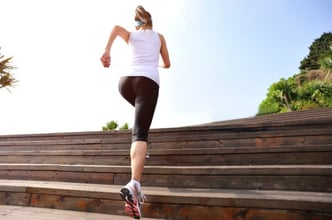 This is a pretty common question that comes to mind for me. I work out 6 days a week, but still that mild ascent up four flights of stairs to the copy room seems to get me every time.
This is a pretty common question that comes to mind for me. I work out 6 days a week, but still that mild ascent up four flights of stairs to the copy room seems to get me every time.
Generally I would put myself into the “decently fit” category, but it seems that after climbing stairs I am quite winded and sometimes my legs are burning. This very thing has inspired me and a coworker to add running some stairs into our weekly workout.
Here are some reasons why, if you’re looking for something to add into your routine for a good cardio/leg workout, you should add stairs as well!
- Great cardiovascular exercise. Like all cardio exercises, running stairs is good for heart health! Your heart and lungs will be strengthened and can help you get to your goals. Cardio exercise is proven to help reduce high blood pressure and other health-related issues.
- Strengthens legs and tones butt while engaging other muscle groups. Running stairs helps to strengthen many of the muscle groups, but noticeably the butt and the thighs. While climbing, your glutes, hips, and quads are engaged as well as the small muscles within those areas. Other areas of your body that see benefits are core, upper body, ankle joints, and the muscles surrounding your ankles and shins.
- Easy to find places to do them. Whether you travel, like to work out outside, come to the gym, or want to work out at home, stairs are usually an option! It’s not hard to find a set of stairs to run, and there are lots of places around that have several sets that would be good to run up. (Here are some exercises you can do when you travel, including stairs.)
- Helps keep the weight off. Stair running is in the category of moderate to high-intensity cardio exercise. With the amount of intensity that you can give to this, the return can be high caloric burn. As you climb higher and faster, your heart rate will begin to increase, your legs will be working harder, and you will increase your oxygen intake. All of these things aid in boosting your metabolism, and with proper eating habits and hard work you can drop a few pounds.
Here are some ideas for stair workouts for runners. Give it a try for a few weeks and see how you feel. From personal experience, don’t give up…it will be pretty challenging in the beginning, but I encourage you to stick with it!
This blog was written by Amanda Bireline, MS, Health Fitness trainer. To find out more about the NIFS bloggers, click here.


 I recently ended my rugby career at Indiana University. I had been playing for 9 years, and competed in various other sports before that. Until now, I have always had a coach scheduling practices and creating workouts for me, and have always pushed myself to my limits for the team.
I recently ended my rugby career at Indiana University. I had been playing for 9 years, and competed in various other sports before that. Until now, I have always had a coach scheduling practices and creating workouts for me, and have always pushed myself to my limits for the team. 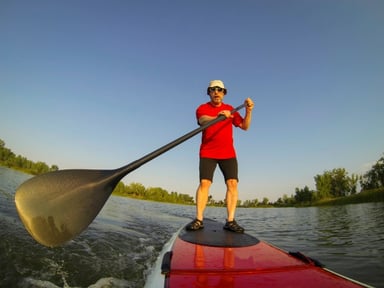 Paddleboarding
Paddleboarding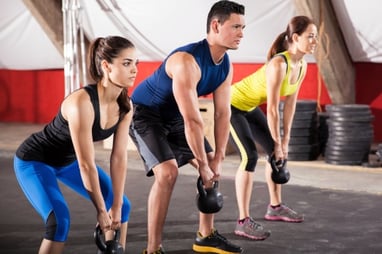 Okay, so you’ve been successful in your first two phases of developing your new workout program. You have progressed in your
Okay, so you’ve been successful in your first two phases of developing your new workout program. You have progressed in your  Once you have mastered
Once you have mastered 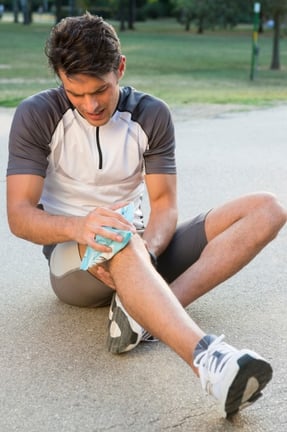 One of the most important elements of performance and exercise is rest, and it’s also one of the hardest things to do! According to
One of the most important elements of performance and exercise is rest, and it’s also one of the hardest things to do! According to  I’d like to take a few moments to highlight a member of the NIFS Lifestyle Program. This program provides extra guidance and observation to individuals with chronic medical concerns. NIFS’s Lifestyle Coordinator communicates with the participant’s physician about their progress and helps them plan workouts geared to their specific medical needs. Take a few minutes to read about Kim Flowers and learn how this program has changed her.
I’d like to take a few moments to highlight a member of the NIFS Lifestyle Program. This program provides extra guidance and observation to individuals with chronic medical concerns. NIFS’s Lifestyle Coordinator communicates with the participant’s physician about their progress and helps them plan workouts geared to their specific medical needs. Take a few minutes to read about Kim Flowers and learn how this program has changed her.

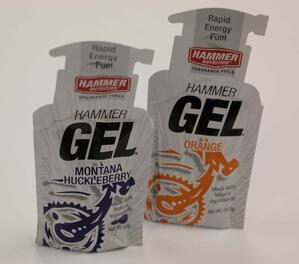
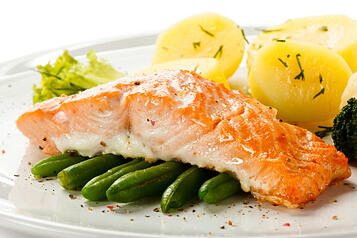

 dehydrated, including feeling thirsty, tired, or dizzy; having a headache; and having dark-colored urine, to name a few. If you start to experience these side effects, you must rehydrate yourself before the situation becomes a medical emergency. Do not try to continue exercise if you feel you are becoming dehydrated!
dehydrated, including feeling thirsty, tired, or dizzy; having a headache; and having dark-colored urine, to name a few. If you start to experience these side effects, you must rehydrate yourself before the situation becomes a medical emergency. Do not try to continue exercise if you feel you are becoming dehydrated! a hefty task. If this is your first time training for a half marathon, and the thought of running 10-plus miles seems a bit daunting, you are not alone.
a hefty task. If this is your first time training for a half marathon, and the thought of running 10-plus miles seems a bit daunting, you are not alone. Sometimes when I am running by myself, a little voice inside my head starts to doubt that I can finish the long run I set out to complete. When I bring a friend along with me, she encourages me the entire way…even if she doesn't know it! Sometimes, just knowing someone else is running with me really helps me push through.
Sometimes when I am running by myself, a little voice inside my head starts to doubt that I can finish the long run I set out to complete. When I bring a friend along with me, she encourages me the entire way…even if she doesn't know it! Sometimes, just knowing someone else is running with me really helps me push through.